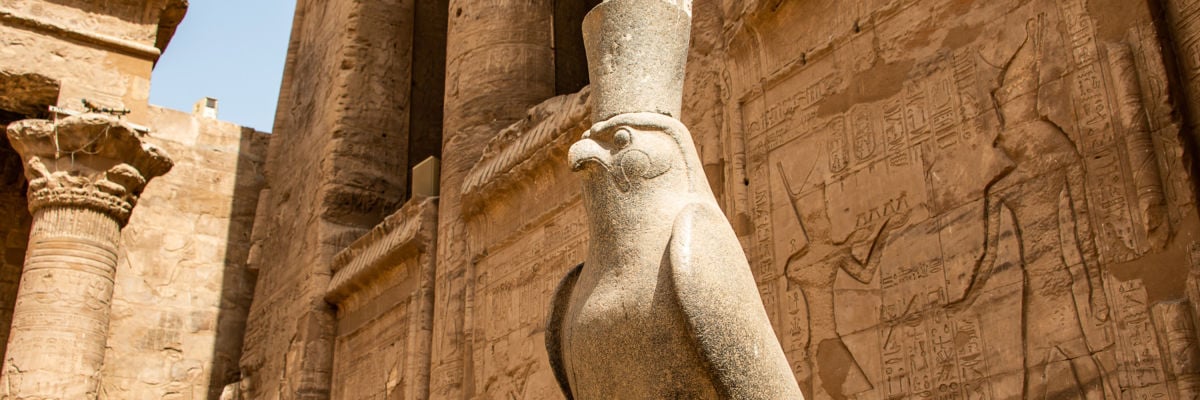
One of the challenges often raised against the Christian faith is that the gospel portrait of Jesus looks too much like the “mythic hero” archetype. The claim is simple: Since Jesus’ story resembles the recurring pattern of legendary heroes from world mythology, it must itself be just another legend. But does this conclusion really follow?
The mythic hero archetype is a familiar figure. He is often of divine origin, undergoes trials and tribulations, and in the end brings about renewal or order to the world. Heroes like Hercules, Odysseus, Beowulf, and King Arthur exemplify this type. Hercules battled fearsome monsters; Odysseus endured a perilous journey home after the Trojan War; Beowulf used his great strength to defeat Grendel and his mother; and King Arthur, with the Knights of the Round Table, sought the Holy Grail while embodying chivalric leadership. In short, mythic heroes embody humanity’s hope that good will triumph over evil.
It is not surprising, then, that some skeptics, such as New Testament critic Robert Price, argue that because the story of Jesus reflects these archetypal elements, it should be seen as fiction rather than history. Price goes so far as to write that “every detail of the Christ story fits the mythic hero archetype, with nothing left over,” concluding that it is “arbitrary to assert that there must have been a historical figure lying in the back of the myth.”
But does this argument stand up to scrutiny? In their book Lord or Legend? Wrestling with the Jesus Dilemma, Gregory Boyd and Paul Eddy provide several reasons why the “mythic hero” objection fails. Let’s consider four of them.
1. Many historical figures fit the mythic hero archetype.
Abraham Lincoln, John F. Kennedy, and William “Braveheart” Wallace all fit the pattern of the mythic hero in one way or another. Yet no serious historian doubts their existence. As scholar Charles E. Murgia points out in his article “Response to Dundes,” “conformity [to a mythic pattern] does not necessarily mean that the events did not occur.”
2. The Jesus story lacks key mythic traits.
Unlike classic mythic heroes, Jesus was not an earthly warrior or king—he explicitly said his kingdom was not of this world (John 18:36). Moreover, the Gospels emphasize aspects not typical of mythic heroes: Jesus was a teacher, a healer, and an exorcist. If the Gospel writers were merely inventing a mythic hero out of borrowed archetypes, it is difficult to explain why they would highlight such unusual features.
3. Influence may run the other way.
The objection also assumes that the archetype shaped the Gospel story, but what if it’s the other way around? If the Jesus story is rooted in history, then he’s the quintessential hero. And if that’s the case, then mythic stories could be seen as foreshadowings—echoes of a deeper truth fulfilled in Christ. As C.S. Lewis suggested, myths express humanity’s deepest longings, and in Jesus, “myth became fact.” In that light, a skeptic can’t appeal to the mythic hero archetype as a reason to reject the historicity of the Jesus portrait, since the historicity of the Jesus portrait could be a reason why we have the mythic hero archetype in the first place.
4. Historical evidence is ultimately what matters.
Finally, the most important consideration is historical evidence. We believe in Lincoln and Wallace not merely because their stories are heroic, but because the evidence supports their existence. The same standard applies to Jesus. Attempts to explain away the Gospels by appeal to myth miss the point: the question of historicity, as Boyd and Eddy put it, is settled “by examining historical evidence, not by attempting to find parallels in mythic stories.” And when we examine the historical data—the early sources, the testimony of eyewitnesses, and the rapid rise of the Christian movement—it becomes exceedingly difficult to deny that Jesus was a real figure rooted in history.
The True Hero
The mythic hero archetype objection, then, is far weaker than it first appears. Historical figures often fit mythic patterns, yet we do not dismiss them as fiction. The Gospels also present distinctive features that set Jesus apart from legendary heroes. The archetype itself may even reflect humanity’s anticipation of the true Hero to come. And ultimately, the case for Jesus’ historicity rests not on similarities to myths, but on solid historical evidence.
Far from being just another story among myths, the Gospel portrait of Jesus is the account of God’s definitive entry into human history—the true Hero whose life, death, and resurrection bring not just the hope, but the reality of redemption.



